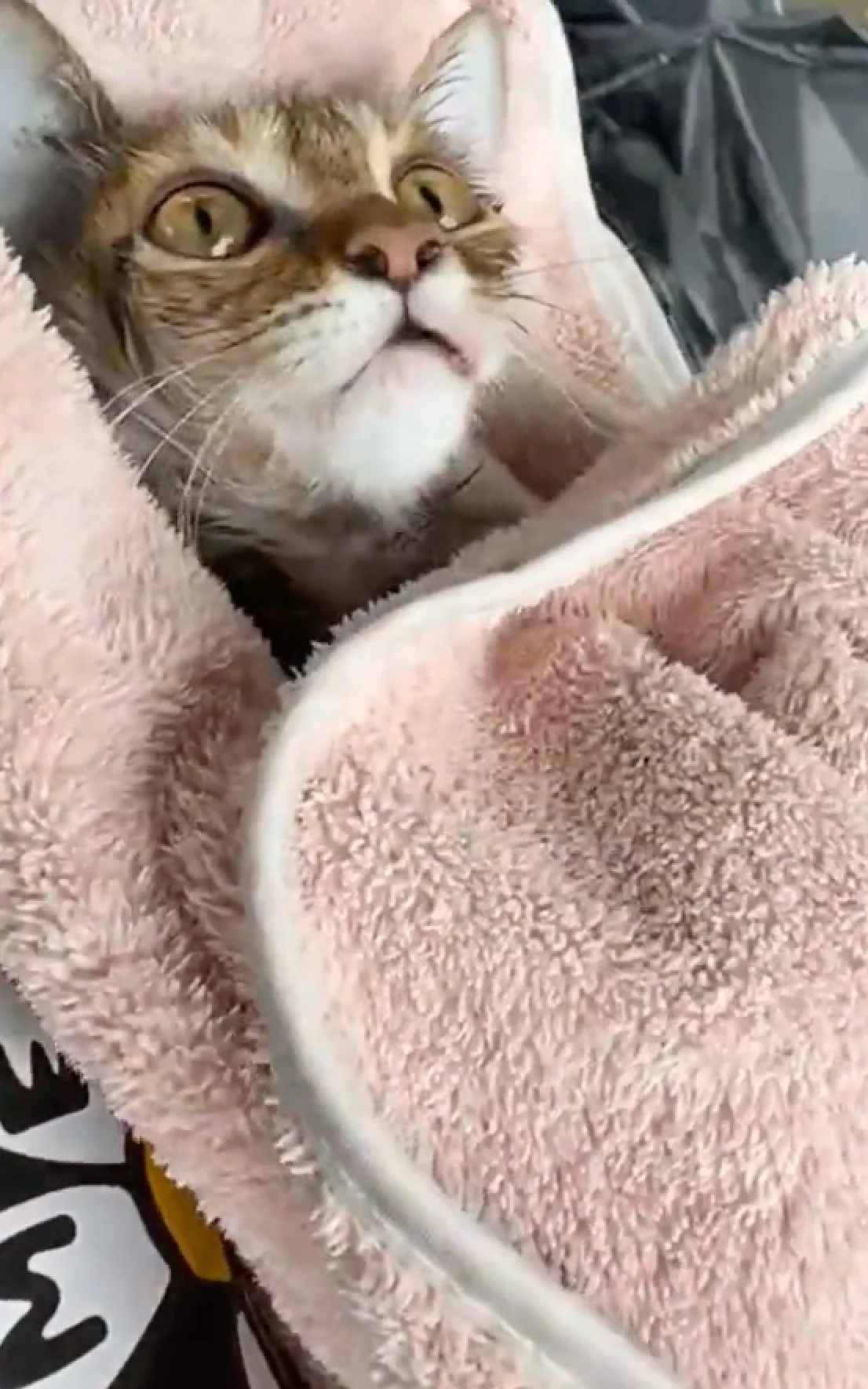In an extraordinary event that has taken Chinese social media by storm, students at the Chengdu University of Traditional Chinese Medicine in Sichuan province reported a miraculous recovery of a paralyzed cat using Traditional Chinese Medicine (TCM). This tale not only underlines the capabilities of TCM but has also initiated a broader dialogue on the potential of traditional therapies for pets.
Late in August, the feline was discovered at the university’s entrance gate, paralyzed from the neck down and seemingly unable to produce any vocalizations. A nearby veterinary clinic assessed the cat’s condition and theorized that it had been struck by a vehicle, noting its injuries and signs of prior ownership, like trimmed claws. The cat’s state was so grave that the students were advised of hefty medical fees to ensure its recovery. Undeterred, they launched a fundraiser and temporarily housed the cat in their dormitory while they planned its treatment.
A turning point in the story came when a senior medical student visited the dormitory and, out of curiosity, inquired about the cat’s condition. Upon understanding its paralysis, he deduced that the animal’s spine had been dislocated, pressing onto its spinal nerves. To the astonishment of the students, a gentle manipulation of the cat’s back produced a noticeable change. As one student recalled, “Just after we heard a crisp sound, the cat could move its back legs. I can’t believe it!”
The cat’s health showed a marked improvement as its spine was adjusted. Yet, its journey to recovery was further accelerated when another student administered acupuncture – a quintessential TCM practice involving the insertion of thin needles at specific points on the body. The combination of spinal realignment and acupuncture seemed to work wonders. In a short span, the once paralyzed cat was on its feet, walking and showing signs of restored vitality.
Traditional Chinese Medicine, which encompasses treatments like acupuncture and bone dislocation therapy, has been practiced for millennia. The latter involves techniques like pulling, revolving, or pinching limbs of patients with dislocated or fractured bones. While its efficacy has been debated in some circles, stories like these reinvigorate interest in and respect for these age-old practices.
The cat’s incredible recovery has elicited a wave of reactions on mainland social media. Users have expressed astonishment and emotion in equal measure. A comment on Weibo read, “Wow, so amazing!” while another user expressed, “I am deeply moved when seeing the cat finally stand up.”
This incident has also shed light on an emerging trend in China – pet owners opting for TCM therapies as an alternative to Western veterinary treatments. Acupuncture, in particular, is gaining popularity among pet owners. As Liu Houfang, a veterinary researcher at the South China Agricultural University, mentioned in an interview with SZ News, acupuncture can be instrumental in alleviating pain in pets and can be beneficial for a range of issues, from bone and skin ailments to digestive disorders.
READ MORE:
